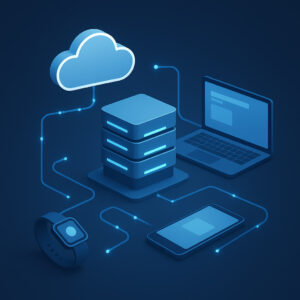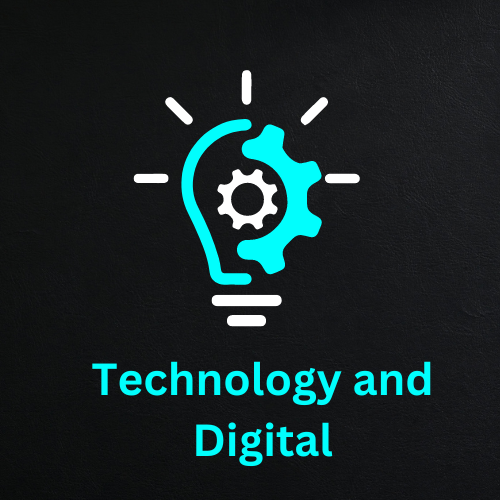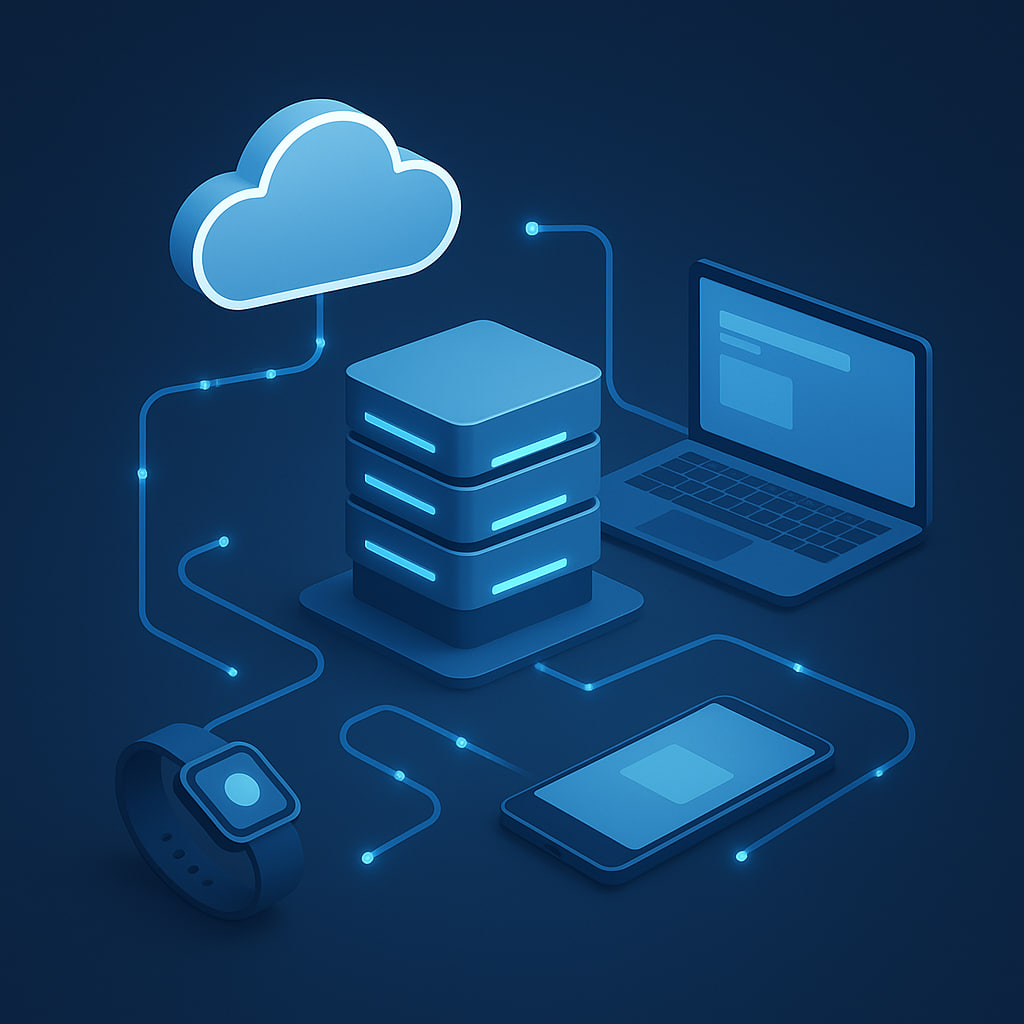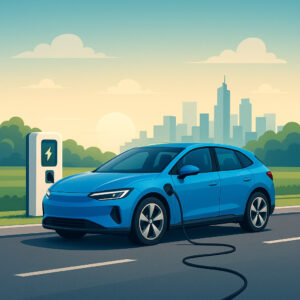Edge Computing Explained: Why It’s the Future of Data and Devices

In a world that’s becoming more connected by the second, data is everywhere. Smartwatches track heartbeats. Cars detect objects. Security cameras stream continuously. Behind all this activity is one crucial question: where should this massive amount of data be processed? That’s where Edge Computing comes in—a powerful solution that’s transforming how data is handled in real time.
Instead of sending all data to distant cloud servers, edge computing processes it closer to the source—at the “edge” of the network. It’s fast, efficient, and often the only way to make time-sensitive technologies work properly. This article explores how edge computing works, why it matters today, where it’s going next, and how to get started without being overwhelmed.
What Is Edge Computing and Why Is It Different?
Edge computing is a method of processing data near the physical location where it’s generated, rather than relying on centralized data centers. It contrasts traditional cloud computing, where data is sent to faraway servers and processed remotely.
Imagine a smart traffic light system in a busy city. Every second counts when detecting traffic flow and adjusting signals. Sending that data to the cloud, waiting for a response, and then acting could take too long. With edge computing, the decision-making happens locally—in milliseconds.
Key Components of Edge Computing:
- Edge Devices: Sensors, cameras, IoT devices, or any hardware that collects and processes data.
- Edge Nodes: Small-scale data processing units (mini servers) located near the data source.
- Edge Gateways: Devices that connect edge systems to cloud infrastructure for backup or analytics.
Practical Tip:
Start by identifying devices in a setup that generate real-time data. Explore ways to add simple edge processing units (e.g., Raspberry Pi or NVIDIA Jetson) to analyze data locally before syncing to the cloud.
Why Is Edge Computing Booming in 2025?
With the explosion of IoT (Internet of Things), smart cities, autonomous vehicles, and AR/VR applications, the demand for low-latency processing has reached new highs in 2025. Technologies like 5G have further accelerated edge adoption, enabling faster, more reliable communication between devices and processing nodes.
Top Use Cases in 2025:
- Autonomous Vehicles: Processing sensor data for immediate navigation decisions.
- Remote Healthcare: Real-time patient monitoring and analysis at care sites.
- Smart Manufacturing: Machine learning at the edge for predictive maintenance.
- Retail Analytics: On-site customer behavior tracking and inventory automation.
Recent Trend:
Major cloud providers like AWS, Microsoft, and Google have rolled out edge computing services like AWS Greengrass and Azure IoT Edge to help businesses process data locally while still connecting to their cloud ecosystems.
Practical Tip:
When deploying edge solutions, always balance processing power with energy efficiency. Devices should be optimized to handle loads without draining power or overheating.
Benefits of Edge Computing Over Cloud-Only Models
1. Ultra-Low Latency
Edge computing reduces the delay between action and response. For real-time applications—like emergency response systems or factory automation—this is critical.
2. Bandwidth Optimization
Not all data needs to travel back to the cloud. Edge computing filters and processes only relevant data, reducing internet traffic and saving costs.
3. Increased Reliability
Local processing allows systems to continue functioning even during network disruptions. A smart home security system, for example, can still detect motion and sound alarms even if the internet is down.
4. Enhanced Privacy
With edge computing, sensitive data doesn’t need to leave the local device. This provides better compliance with data protection laws and user expectations.
5. Scalability with Flexibility
Edge networks can grow organically—adding new nodes without overwhelming a centralized infrastructure.
Practical Tip:
To get the best results, deploy edge computing where response time and data volume are both high. A single smart camera in a small office may not need edge processing, but a network of 100 definitely benefits.
Challenges to Watch Out For
No technology is perfect, and edge computing comes with trade-offs.
1. Security Risks
More devices mean more endpoints to secure. Each edge device can be a target if not properly encrypted and maintained.
2. Higher Initial Cost
Setting up an edge infrastructure involves investment in hardware, software, and specialized expertise. However, the long-term cost savings often justify the upfront spend.
3. Complexity of Management
Coordinating thousands of edge devices can become complicated. Device updates, health checks, and monitoring require robust edge orchestration tools.
Practical Tip:
Use edge management platforms that offer remote control, automated updates, and diagnostics. This simplifies operations and improves uptime.
What’s Coming Next in Edge Computing?
1. AI at the Edge
Devices are becoming powerful enough to run machine learning models. In 2025, AI at the edge is enabling smarter homes, more accurate industrial inspections, and real-time object recognition in public spaces.
2. Edge + 5G Synergy
5G networks are making edge deployments more seamless. With reduced latency and faster speeds, even mobile edge computing (like in drones or moving vehicles) is now viable.
3. Energy-Efficient Edge Hardware
New chips from ARM, Intel, and NVIDIA are delivering high compute power at low energy footprints—perfect for edge workloads in remote or battery-powered environments.
4. Decentralized Edge Networks
Blockchain and edge are beginning to intersect. Projects are emerging that allow peer-to-peer edge devices to share compute resources securely and without centralized control.
Practical Tip:
When planning for the future, invest in modular and upgradable edge systems. This allows quick adaptation as new technologies become available.
How to Start with Edge Computing (Without Being Overwhelmed)
- Map the Data Flow: Identify what data is being generated and where fast decisions are most valuable.
- Select the Right Devices: Choose edge hardware based on processing needs, power limits, and environment.
- Deploy Simple First: Start with one or two edge nodes and scale based on clear performance feedback.
- Secure Everything: Encrypt communications, harden devices, and monitor activity regularly.
- Connect to the Cloud: Use edge-to-cloud integration wisely to benefit from analytics and long-term storage.
Conclusion: The Edge Is No Longer Optional
Edge computing is no longer a niche concept. In 2025, it is essential for real-time systems, smart automation, and connected living. The benefits—low latency, high reliability, and privacy—are too valuable to ignore, especially as data generation continues to soar.
Whether for personal tech projects or enterprise solutions, adopting edge computing doesn’t have to be overwhelming. With a clear strategy, simple tools, and an eye on evolving trends, anyone can begin to harness its power today.
What real-time challenges could edge computing solve in your world? Think about one system in daily life that could benefit from faster, local decisions—and explore how to bring edge intelligence into the mix.
Have thoughts or questions about edge computing? Share your insights or challenges in the comments below.




